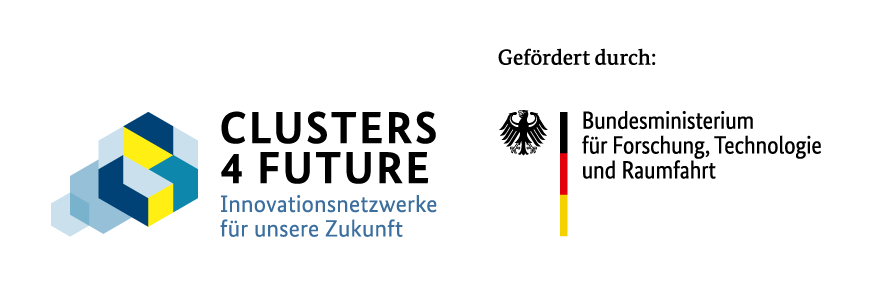We have developed and tested an innovative assessment procedure that can be used to evaluate the impact of transport infrastructure projects. This serves as a basis for information and decision-making. Our aim was to combine measures in such a way that accessibility in an urban region remains guaranteed and that settlement structures are developed specifically along public transport axes. At the same time, however, emissions and energy consumption must be reduced with as little investment as possible. Our method evaluates packages of measures in terms of their contribution to objectives in an urban region and their cost-effectiveness.
We have developed a new evaluation process, defined indicators and calculation rules and developed tools for modeling the effects.
Previous evaluation methods do not measure the effects of individual infrastructure projects in combination with accompanying measures. However, transport research has long shown that a combination of improvements in public transport and restrictions in road traffic (push and pull) as well as coordinated, public transport-oriented urban development achieves the best effects. We have developed approaches to operationalize this in evaluation procedures. In future, the results can help to select and prioritize packages of measures for a mobility transition.
An interdisciplinary team from science and practice.
Want to shape the future of mobility with us?
Then please get in touch with us.

What is MOSAIQ?
Imagine something: There is more space for people. The streets have more trees and plants. Everyone can get around better. That's how your Schwabing-West district could be in the future. How would you like your district to be? We want to talk to you about it!
The project is called MOSAIQ. MOSAIQ is a research∙project. MOSAIQ means: Mobility and urban climate in the future city∙part. The Technical University of Munich is leading the project.
What is MOSAIQ about?
MOSAIQ wants to make the streets in the city∙part more beautiful. People should feel comfortable there. There should be more space. For meetings and plants, for example. You can help decide what is tried out in the Stadt∙teil. The ideas come from you. Some ideas will be tried out on the streets for a certain period of time.
The aim of MOSAIQ is to make urban districts good places to live.
At the same time, the climate in the city should improve. And people should be able to move around the city easily.
What is happening in the district?